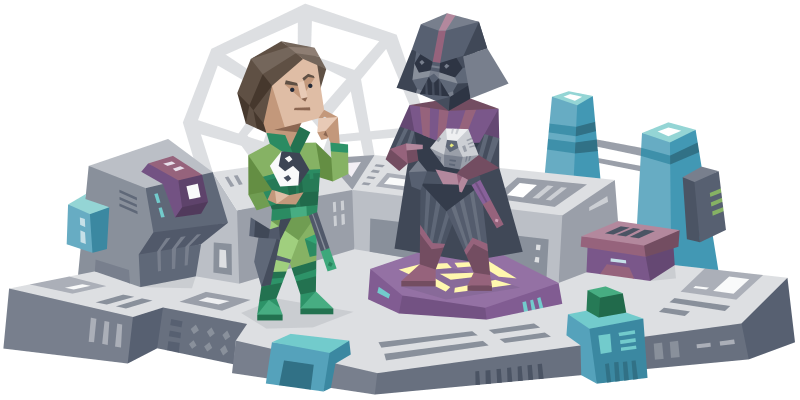Engineering Velocity: Where Transformation Begins.

DevOps combines cultural philosophies, practices, and tools that increase an organization’s ability to deliver applications and services at high velocity: evolving and improving products faster than organizations using traditional software development and infrastructure management processes.
This speed enables organizations to serve their customers better and compete more effectively in the market.
“Simply put, things always had to be in a production-ready state: if you wrote it, you darn well had to be there to get it running.”
Mike MILLER
Repository Management: The Foundation of DevOps
The code repository is the critical first step in establishing a high-velocity DevOps pipeline. We specialize in configuring and managing Distributed Version Control Systems (DVCS) to ensure your automation starts correctly. While we primarily leverage GitHub for feeding continuous integration (CI) pipelines, we provide expert support across all major platforms, including Bitbucket, GitLab, and Azure DevOps (TFS).
- Seamless Pipeline Integration: Direct feed into your CI/CD processes for maximum efficiency.
- Enhanced Collaboration: Multiple developers can work concurrently on the same files without conflicts.
- Inherent Redundancy: Eliminate the need for multiple manual backups; every clone is a full backup.
CI/CD
Continuous Delivery doesn’t mean every change is deployed to production ASAP. It means every change is proven to be deployable at any time! Continuous deployment is the next step of continuous delivery:
Every change that passes the automated tests is deployed to production automatically. Continuous deployment should be the goal of most companies that are not constrained by regulatory or other requirements.
- Reduce Deployment risks
- Monitor SDLC
- Automate Deployments with Jenkins, Ansible, Puppet, Chef, etc.

SDLC to Cloud – SDLC s a framework defining tasks performed at each step in the software development process. SDLC is a structure followed by a development team within the software organization. It consists of a detailed plan describing how to develop, maintain and replace specific software.
- Build PipeLines Measure Application Metrics
- Test Generations (Smoke, Load)
Let’s work together on your
next web project
Lorem ipsum dolor sit amet, consectetur adipiscing elit. Ut elit tellus, luctus
nec ullamcorper mattis, pulvinar dapibus leo.